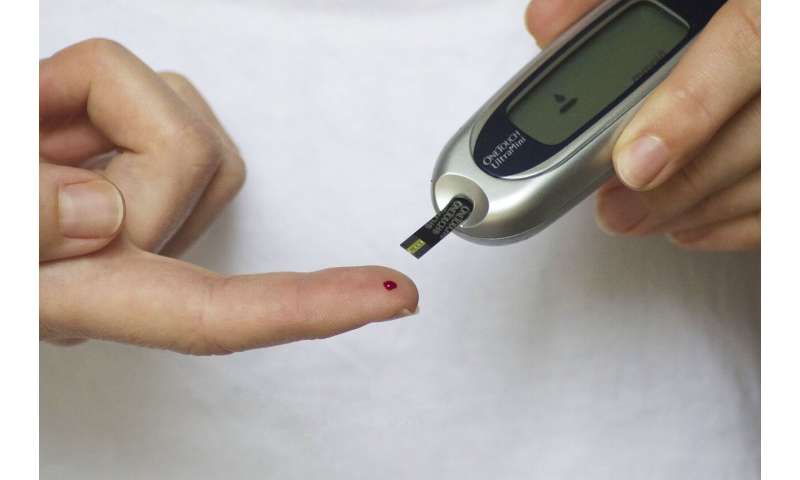The hormone glucagon may be a warning light for diabetes

Up to one in four Danes has an unhealthy accumulation of fat in the liver, also known as fatty liver. Fatty liver is rarely the cause of symptoms in itself, but people with fatty liver have an increased risk of developing diabetes. Exactly how the two diseases are linked has, however, so far been unknown.
Now, a new study from the Faculty of Health and Medical Sciences at the University of Copenhagen shows that people with fatty liver have reduced sensitivity to glucagon which increases the glucagon secretion and leads to increased amounts of glucagon in the blood. The same is seen in patients with type 2 diabetes, the vast majority of whom have increased fat in the liver.
“The reduced glucagon sensitivity means that the secretion of glucagon is increased via a so-called feedback system between the liver and the pancreas. An elevated level of glucagon is undesirable as it increases sugar production in the liver and thus creates a high blood sugar level,” says Nicolai J. Wewer Albrechtsen, Assistant Professor at the Novo Nordisk Center for Protein Research and Resident at the Department of Clinical Biochemistry, Rigshospitalet.
With the study, the researchers are introducing an entirely new concept within the field of diabetes: glucagon resistance. They believe that the concept is so fundamental to the understanding of diabetes that it should not be limited to laboratories and research environments.
“Glucagon resistance is an entirely new biological concept that we will include in the future teaching of medical students, just as we do today with insulin resistance,” says Nicolai J. Wewer Albrechtsen.
Potential New Treatment
The decreased glucagon sensitivity may help to explain the connection between fatty liver and type 2 diabetes. And with new knowledge come new opportunities. If you can detect decreased glucagon sensitivity, you can start treatment earlier. That way, you can stop the glucagon level and thus the blood sugar from running wild.
“Our study points to a new biomarker (the glucagon-alanine index) that may be useful in identifying persons with impaired glucagon sensitivity. If we can detect glucagon resistance from a blood test, we can start treatment early and thus prevent the development of type 2 diabetes,” says Ph.D. student at the Novo Nordisk Foundation Center for Protein Research and the Department of Biomedical Sciences, Marie Winther-Sørensen.
The treatment consists primarily of weight loss, which will limit the amount of fat in the liver, but may also include drugs that go in and inhibit the hormone glucagon.
Source: Read Full Article


